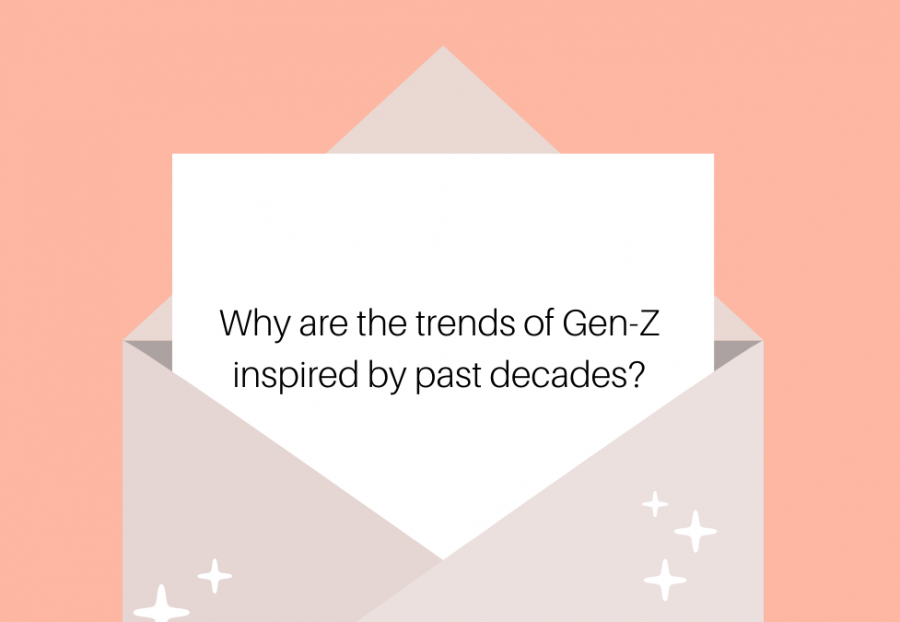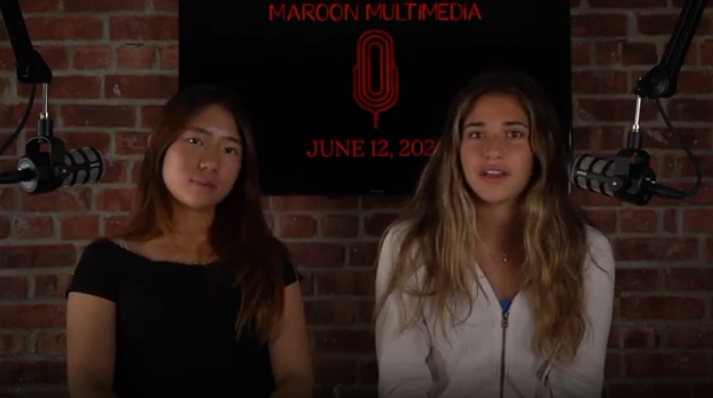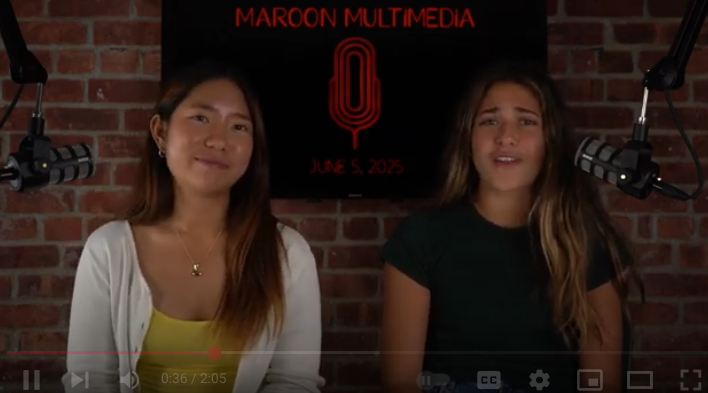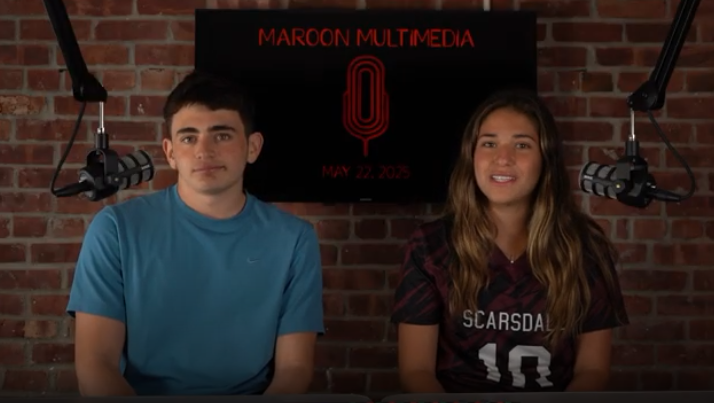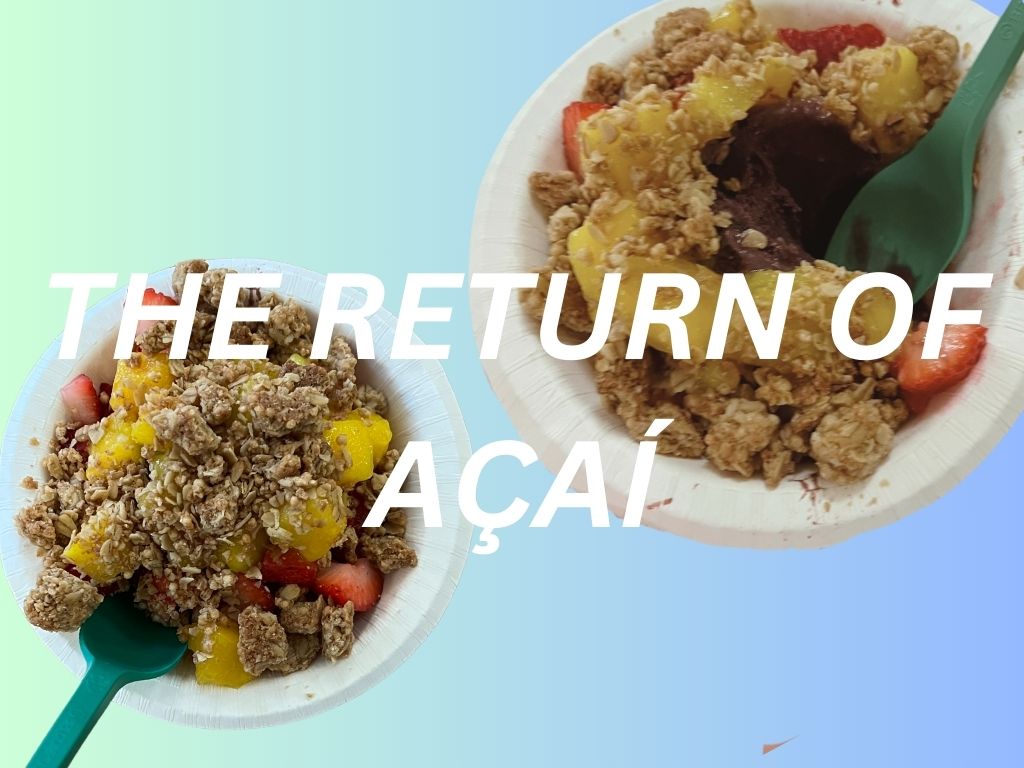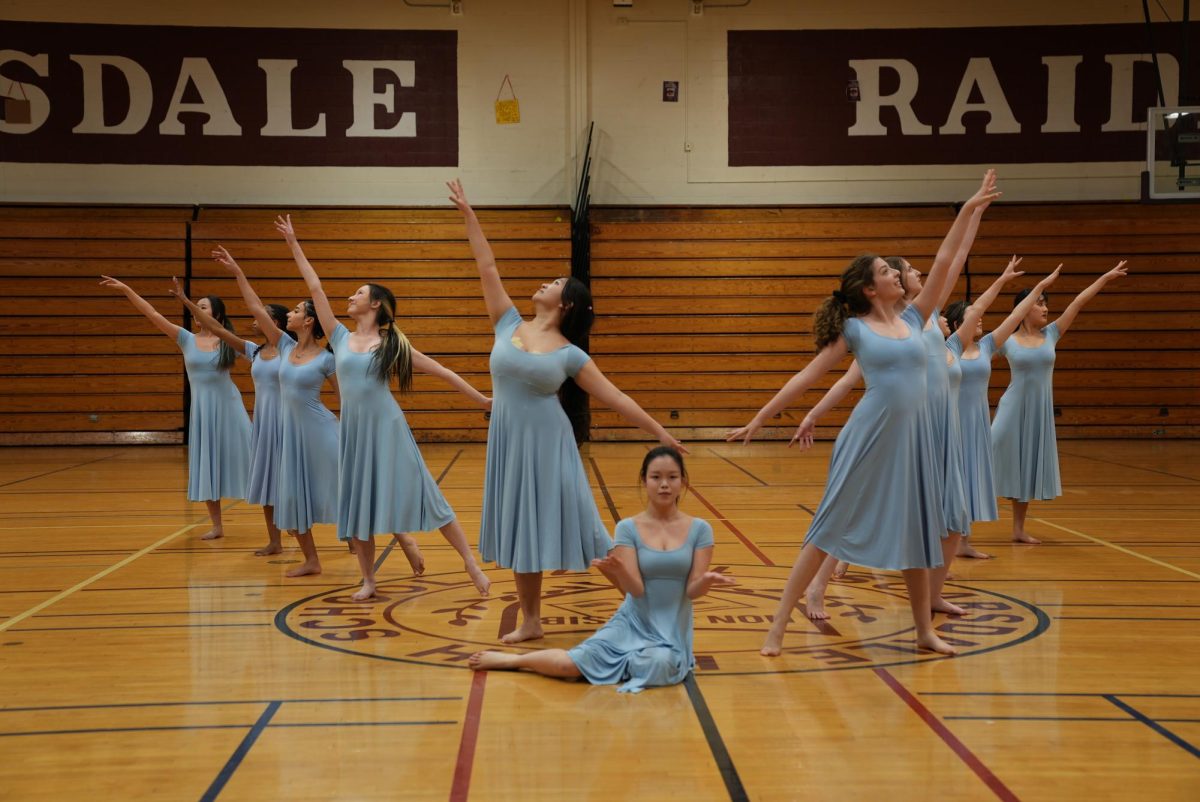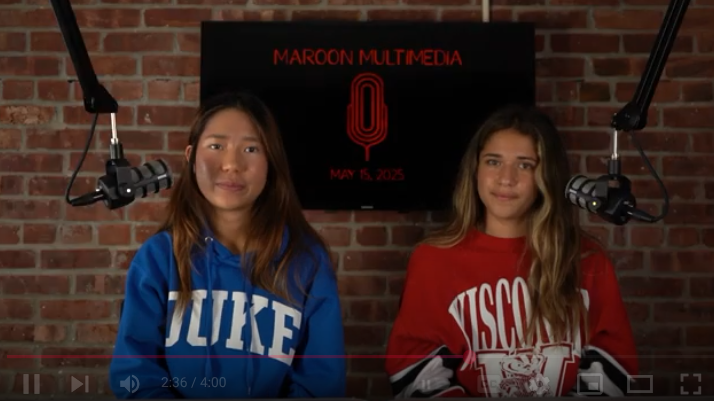Opinion: Why the Trends of Gen-Z Are Inspired by the Past
As Gen-Z looks to the past for inspiration, the question that looms in everybody’s mind is why?
March 8, 2021
Trends are constantly evolving. Each year the world sees new shifts in style, viral videos, and political views. And as we enter 2020, the world of media only enhances the pace that trends evolve. New ideas and innovations can spread to every corner of the planet instantly, each idea modernizing and bouncing to another idea that will quickly become the next big thing. So why then is it that the young generation constantly looks back to the past for inspiration? Why are so many trends of Gen-Z in 2020 inspired by what was trendy thirty years ago, even though we can’t remember it?
Cycles in trends are not individual to Gen-Z’s generation. People have always taken inspiration from the past to build new styles, as well as reminisce on what we see as a better time to be alive. But kids of the 2000s were born into the internet age, with unmatched access to information on everything from the past to the immediate present, an experience that no generation of the past could mirror. Teenagers still watch the glamorous Old Hollywood films of the fifties, share the music played at festivals like Woodstock in the seventies, and love the shows from the eighties and nineties, such as Friends, Full House, and 90210. And to add to this, a huge percent of the music and television produced today reflects on an idealized version of the past.
Whether you are watching the show Stranger Things, seeing remakes of childhood shows like Full House, or listening to songs like Dua Lipa’s “Future Nostalgia,” Gen-Z is constantly being fed a romanticized image of the past. Older generations continually criticize younger generations for appropriating the culture of their childhoods, but judging from how much it constantly appears, it’s no wonder all Gen-Z wants to do is absorb and appreciate it. We grip onto everything we see on our screens, and cannot help but take inspiration from it. This is one reason why so much of Gen-Z’s fashion inspiration comes from what teens were wearing decades ago. The presence of the past is so widespread in media, for example, TV shows are a perfect capsule of the fashion trends of the time period and because of the popularity of these shows, the styles that are correlated with them also become desired by those watching.
The popularized market for vintage clothing has not only become widespread with Gen-Z because of the media, but also by the generation’s concerns and consciousness. Reducing our environmental footprint looms in every Gen-z’s mind, which has led many teens to a more eco-friendly, and money-friendly form of shopping: thrifting. Buying second-hand clothes makes it easy to keep up with new fashion trends in a sustainable way, and without breaking the bank. By no surprise, buying clothes second hand also gives the guarantee that you can find a piece that everyone is looking for – something “vintage” or “retro.” And as thrifting culture becomes more popularized, larger chain stores copy and cultivate this aesthetic, marketing it to a wider audience.
This is a cycle that has allowed popular culture from decades ago to not only live on, but to thrive, and become marketed to a brand new generation. Of course, there’s nothing wrong with the longing to be part of an era we never experienced. But it’s fascinating that younger generations have such a connection towards the past. Younger generations see the past as a “simpler time,” completely set apart from the world that we have grown accustomed to living in. But it’s a paradox – these dreams of longing for the past come entirely from new technology, even though the past existed without any of it.

